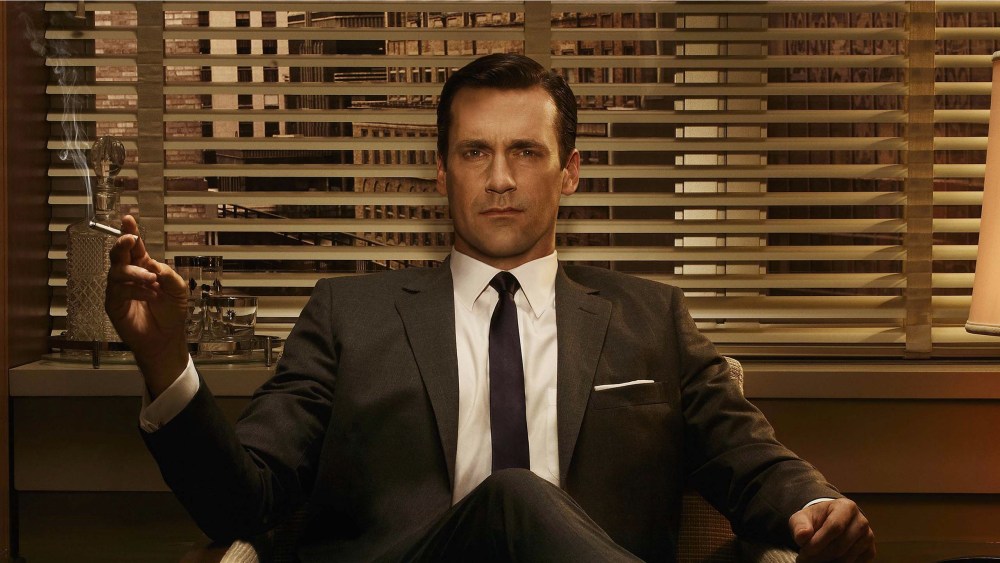Explore the hidden costs of modern conveniences, from inflated delivery fees to subscription overload, and learn how to reclaim your finances. Discover strategies to save money while navigating the convenience economy without sacrificing your lifestyle. Every dollar saved is an investment in your future!

The Convenience Tax: How Modern Life is Quietly Draining Your Wallet
Remember when getting dinner meant actually cooking something or, at worst, driving to pick up takeout? Now we just tap our phones a few times and—poof!—food appears at our door. Magic, right? Except that $12 burger somehow morphs into a $30 splurge after delivery fees, service charges, and whatever "dynamic pricing" means this week. But hey, at least we didn't have to put on real pants.
Welcome to the convenience economy, folks. It's a world where every minor inconvenience has a solution—and every solution has a price tag that'll make your wallet wince. The worst part? Most of us don't even realize how much we're overpaying for the privilege of doing less.
Let's talk about the subscription circus first. The average household is now dropping over $200 monthly on subscriptions—streaming services, meal kits, beauty boxes, meditation apps, and whatever else promises to revolutionize our lives for "just" $9.99 a month. Sounds harmless enough, right? Until you realize you're paying for six different streaming services just to watch that one show everyone's talking about.
Here's where it gets interesting (and a little sneaky): Companies aren't just selling convenience—they're exploiting what fancy behavioral economists call "friction aversion." In normal human speak, that means we'll pay stupid amounts of money to avoid minor hassles. It's why canceling a subscription feels like solving a puzzle designed by a sadistic maze architect, while signing up takes exactly two clicks.
Take those meal delivery apps. They're not just charging you for the convenience of delivery—they're marking up every item, tacking on service fees, and sometimes even adjusting prices based on how desperate they think you are for that late-night pizza. That $60 worth of groceries? Suddenly it's $85 after all the extras. That's not a convenience fee—that's a lazy tax. (And yes, we've all paid it.)
But here's the thing: You don't have to choose between modern convenience and having money in your bank account. The trick is being strategic about where you spend your convenience dollars. Instead of mindlessly subscribing to everything, try rotating streaming services based on what you actually want to watch. Rather than paying delivery fees three times a week, batch your orders to hit the free delivery minimum—or better yet, discover the magic of free curbside pickup.
Let's pause for a moment to discuss the automated payment trap. Sure, it's convenient never having to think about bills. But that's exactly what companies are counting on. When's the last time you actually looked at your cable bill? Or checked if your car insurance rate was still competitive? Companies love customers who set and forget because they can slowly creep up prices without anyone noticing.
And don't even get me started on the "upgrade cycle." Tech companies have mastered the art of making us feel like technological dinosaurs if we're not sporting the latest $1,000 phone. Here's what they don't advertise: Most mid-range phones from two years ago can handle everything the average person needs. Unless you're a professional photographer or gaming enthusiast, you're probably paying for features you'll never use.
The solution isn't living like it's 1985—it's being intentional about your convenience spending. Start by doing a subscription audit (yes, all of them). Cancel anything you haven't used in the last month. For everything else, ask yourself: Is this actually saving me time or money? Or am I just paying for the illusion of convenience?
Here's a strategy that actually works: I call it "convenience clustering." Instead of paying premium prices for individual conveniences, bundle your errands efficiently. Already paying for a warehouse club membership? Use their gas station—the savings often cover the membership fee. Getting groceries delivered? Split the delivery fee with neighbors. It's like carpooling, but for your wallet.
Let's get real about food delivery for a minute. Those markup aren't just in the delivery fees—restaurants often jack up their menu prices 15-30% on delivery apps just to cover the commission. The smart play? Order directly from restaurants that have their own delivery service, or grab takeout on your way home from somewhere you're already going.
The modern convenience economy is built on one simple assumption: we'll pay more to do less. But being smart with money doesn't mean doing everything the hard way—it means being selective about which conveniences are actually worth the premium. Because at the end of the day, the most expensive convenience is the one you're paying for but barely using.
Remember: Every dollar you save on unnecessary convenience charges is a dollar you can spend on something that actually matters. Or better yet, invest it in your future—because financial security? That's the ultimate convenience. And unlike that $30 delivery burger, it's actually worth the price.